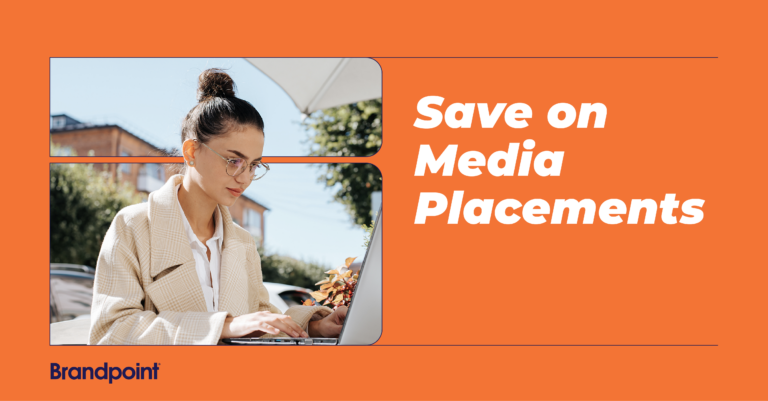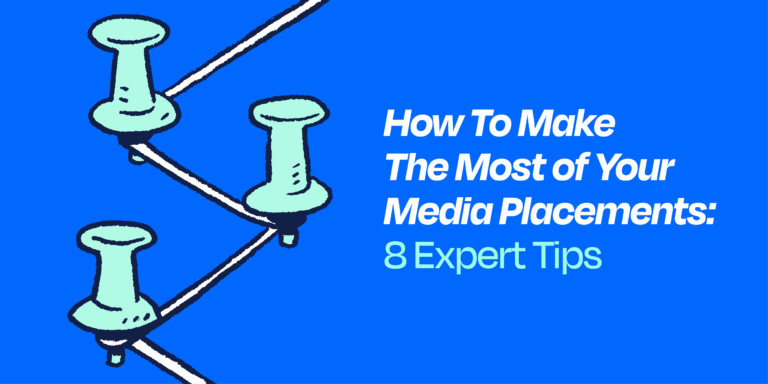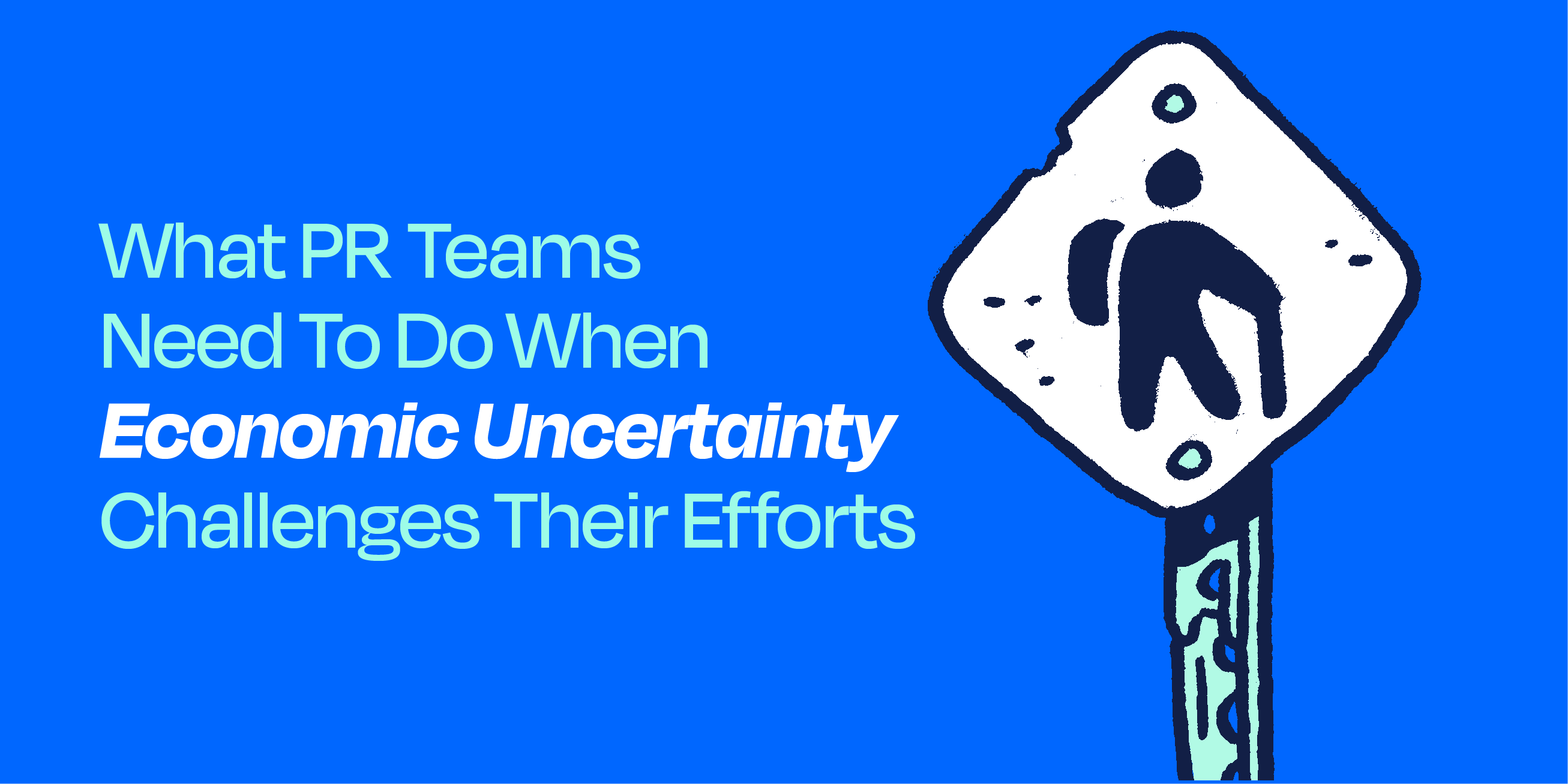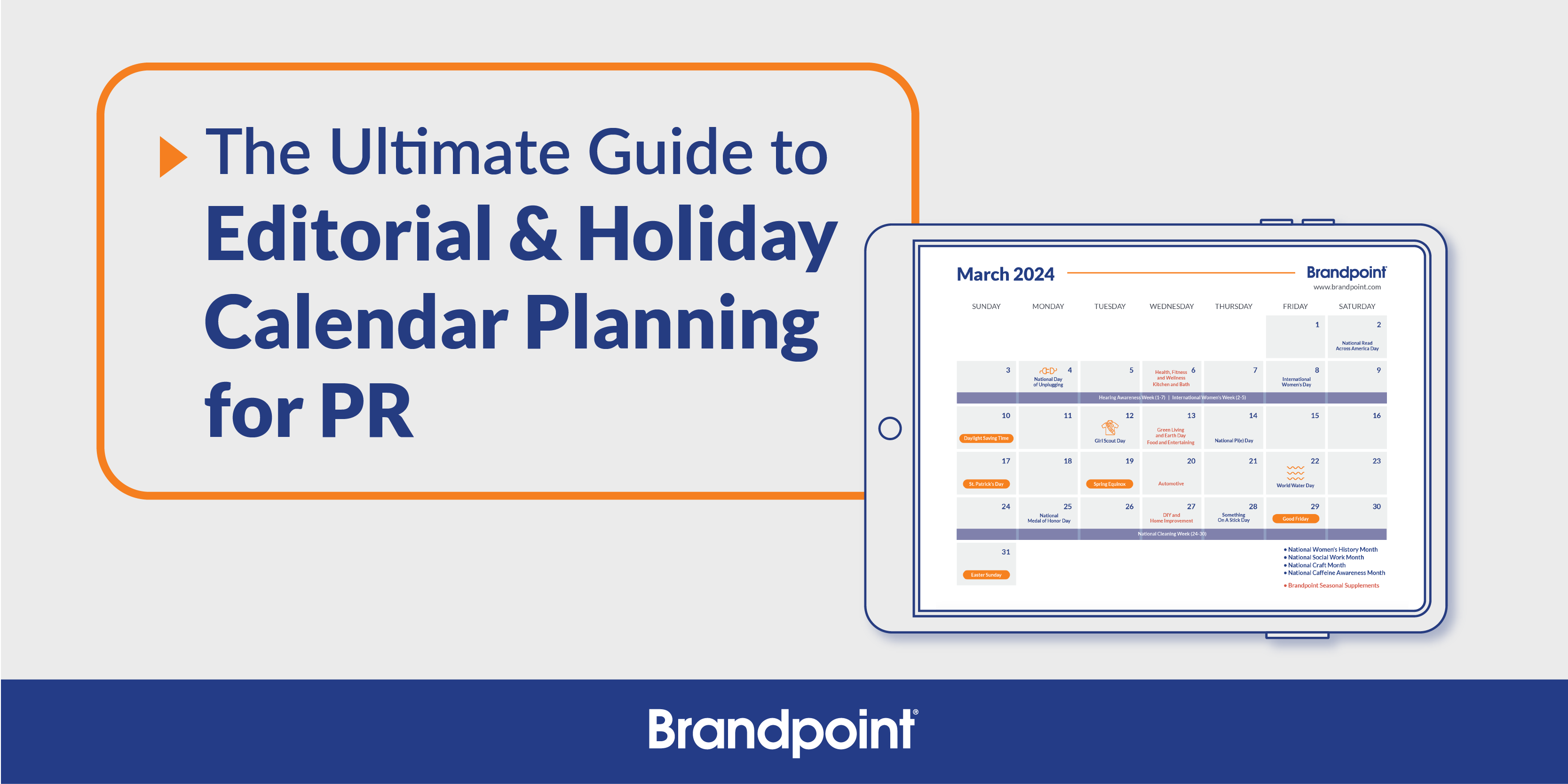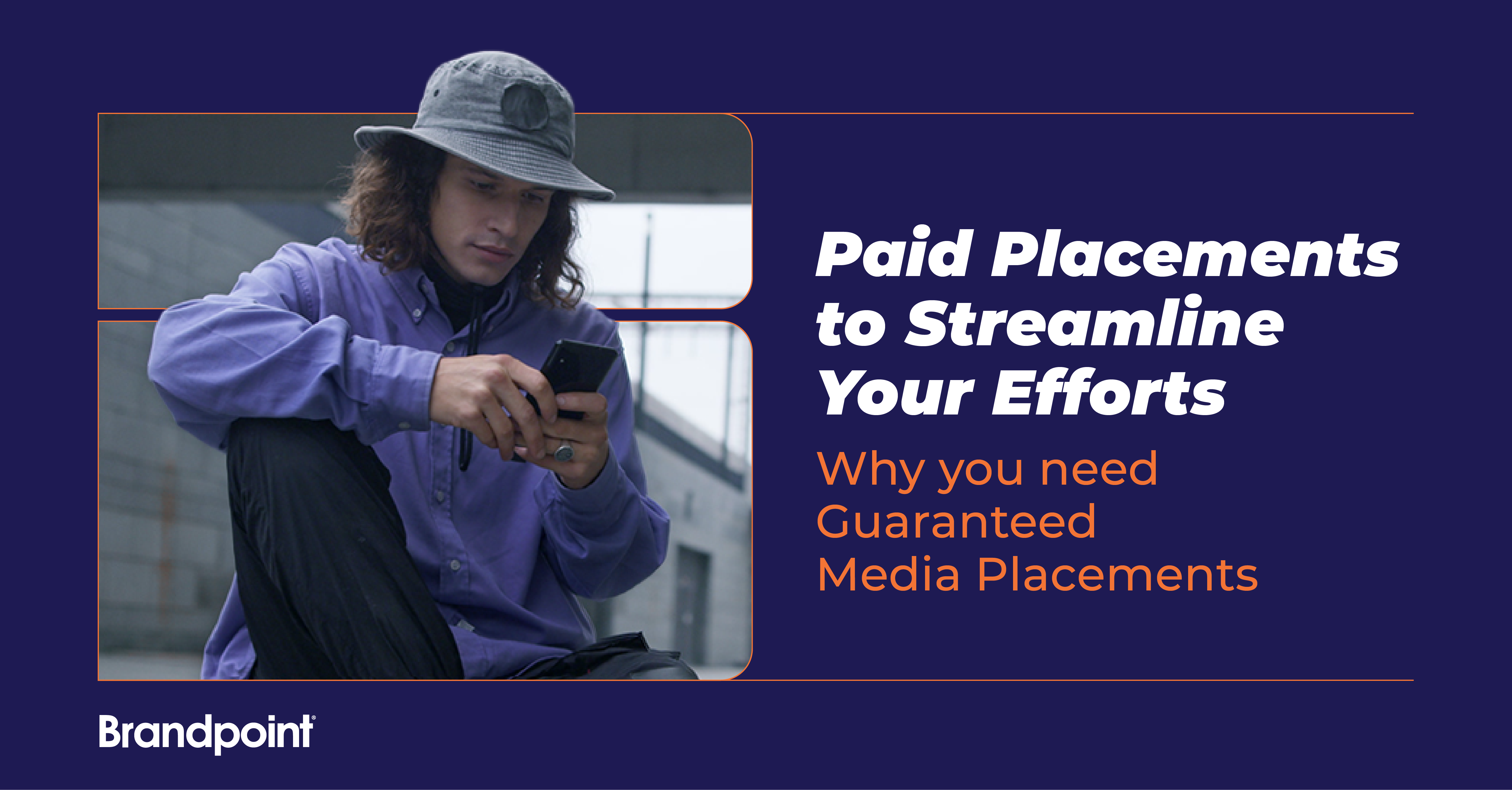You scored a phenomenal media hit for a client. It’s teased on the home page of a key daily newspaper’s website with a jump to the Business section, where it’s the top story.
You forward the link and the good news to your client only to receive this response: “Paywall won’t let me access it. Can you please send me a PDF?”
Online publishers are using paywalls to stem the tide of diminishing ad revenue and circulation.
It appears that paywalls are not only here to stay — with 76% of newspapers having a paywall in place by August 2019 — but restrictions are tightening on leading national sites and popping up in smaller and smaller markets.
Chances are you’ve encountered a paywall when you’ve received a warning that you viewed your last free article. Some sites have looser paywall restrictions, such as charging access to specific articles. Others provide only a preview and then charge a fee to view the article in full.
While paywalls are inevitable, they aren’t impossible to overcome. Here are five ways to overcome the paywall in media relations.
1. Leverage an Excerpt
Do you really need the full article? Chances are that the story is not all about your client. Think about how you want to use the content. Perhaps it’s as a pull quote in a one-pager. In those cases, a link may not be necessary. For online or social uses, draft strong supporting language that provides context along with a quote from the article. You can still provide your audience with the link, letting them know the story’s behind a paywall. If they are not a heavy user of the site, they may not encounter one at all. If they do, the onus is on them to determine whether they will pay for one-time access. Think about your audience, the actions they will likely take, as well as the restrictions they will likely encounter before pursuing this tactic.
[Read More: 5 Tips to Get More Mileage Out of Your Content]
2. Find the Article Posted on a Media Partner’s Website
One way to provide your audience with full access is to do a little Google searching to see if a media partner has picked up the placement. Many outlets often partner with sites like MSN and Yahoo! News. You can still provide content in your supporting copy and give credit to the original outlet. The partner news site should also list the source.
3. Work with the Media Outlet
Another option is to purchase a link from the media outlet, especially when it’s a high-profile placement. Call the outlet’s main number and tell the operator you would like to speak to someone about purchasing a link to an online article. This will ensure you will get your request to the correct department.
Suppose you are working on a direct mail piece. When collecting collateral for a seminar or trade show, or compiling materials for a sales kit, invest in a commercial reprint, a hard copy of the original article printed on high-quality paper. Do you still need it in a digital format? Request an electronic reprint in a PDF format, which online newsrooms can also leverage.
[Read More: How to Bring More Value to Your Client Campaigns]
In the case of broadcast clips, which don’t always appear online, I’ve contacted newsrooms to ask them to place a segment on their website so that I can share it on a client’s social channels. If this is not feasible (due to breaking news or newsroom bandwidth), I’ve secured prominent placements through a clipping service and then received permission from the news outlet via email to share this content in a social post with credit.
4. Leverage branded content services
I’ve worked in media relations for more than 20 years. For a dozen of those years, I worked for a mid-size agency where I led media relations campaigns and vendor relations. I used Brandpoint to coordinate up to 20 MAT releases per year for all of our clients ranging from health and wellness to pet care, from food and beverage to home and garden. A MAT release is a powerful type of sponsored content; a branded, consumer-facing article distributed to a network of print and online news publishers. While the traditional MAT release often resembles a news article, it is agile enough to take on various formats, including a listicle, infographic, an image carousel on Instagram or Pinterest, or a branded video.
While we used several MAT release providers, our agency valued Brandpoint. It offers a strong distribution network with exclusives to many leading publishers and the ability to target specific regions or audiences. Brandpoint offers engagement tools, too, and a guaranteed number of media placements as well as high-quality reporting to share with clients.
I bring up the MAT release in this article because publishers don’t place sponsored content behind paywalls. It is also controlled content, meaning you work with Brandpoint’s team of in-house writers to create content that will not change following distribution (especially important in regulated industries like finance and pharma). And your clients love it when their target audiences click. Also, consider adding videos, infographics, images and other supporting assets for engagement. The more assets you provide, the harder your media placements will work for you.
You could say I am so sold on the efficacy of the Brandpoint model that I now work for them!
5. Media Relations Isn’t Easy, but Paywalls Don’t Make it Impossible
Those of us in the business know that media relations is not always as easy as blasting out an alert and praying for results. Instead, you must get to know your target media, form relationships with the right journalist, pitch the story when the timing is right, and be a reliable resource for both the client and the journalist. The paywall is not death to media relations, but it does make your job more challenging. By leveraging these and other tips, you’ll be able to successfully overcome the paywall to secure access to hits.


